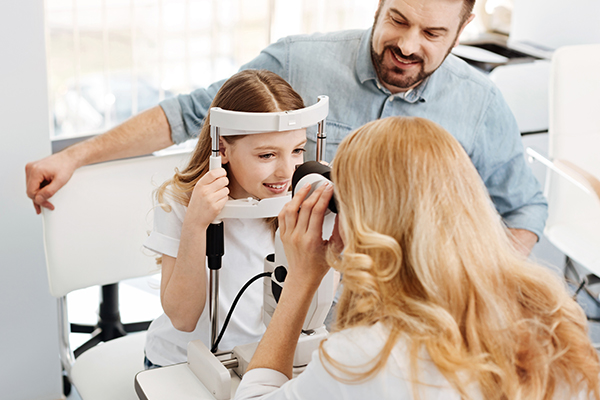Conjunctivitis or pink eye is an eye condition that spreads rapidly and causes eye irritation. Keeping up with your regular eye care routine may not hinder pink eye from emerging. Most people see it as an inconvenience that can taper off with time. You can sometimes treat it from home without seeing a medical practitioner. However, there are times when it is necessary to see your optometrist for your pink eye.
Read on to learn how to tell that your pink eye is severe and you need to see an optometrist.
What Is Pink Eye?
Pink eye is the infection or inflammation of your conjunctiva. The conjunctiva is the translucent membrane that covers the white part of your eye and lines the eyelid. It contains tiny blood vessels that make the white of your eyes appear pink or reddish when they get inflamed.
Pink eye can occur due to a viral or bacterial infection. Allergens like molds, pollen, and dust mites also cause it. You can also get pink eye from irritants like makeup, dust, and chloride. Contacts lens wearing and contact solutions can also cause this inflammation.
Types of Pink Eye
There are different types of pink eye. The one you get depends on its cause:
- Allergic Conjunctivitis – You can get this when allergens such as pollen and dust enter your eyes.
- Bacterial Conjunctivitis – You can get a bacterial infection if you have unhygienic practices. Habits like rubbing or touching your eyes with dirty hands can infect your conjunctiva. Bacterial conjunctivitis is the most uncomfortable pink eye people get. You can recognize it if you have a significant amount of a sticky and yellowish discharge in your eyes. It spreads through direct contact, and most cases resolve on their own or if you use minimal treatment. However, some may require you to see your optometrist.
- Viral Conjunctivitis – The same viruses that cause respiratory infections and colds cause pink eye. Viral conjunctivitis transmits through sneezing and coughing. It is a contagious type of pink eye. Its symptoms are often mild and can taper off after one week. However, you may need to see your optometrist for treatment in severe cases.
Symptoms and Risk Factors of Pink Eye
People with pink eye can experience the following in one or both eyes:
- Swollen eyelids.
- Increased light sensitivity.
- A gritty feeling in their eyes.
- Pink or reddish discoloration of the whites of their eyes.
- Burning or itching sensation in the eyes.
- Discharge from the eyes.
- Excessive tearing.
How Long Does Pink Eye Last?
Antibiotic eye drops can clear up bacterial pink eye after a few days. However, you can have viral pink for up to two weeks. They are all contagious until the symptoms start clearing up. Irritant-based or allergy pink eye can last until you address the cause.
They will remain present if the irritant or allergy is there. Introducing an allergy medication can help. You can also clear up any aggravations in your surroundings to heal faster.
When to See Your Optometrist
You should see your optometrist if you have pink eye and symptoms such as eye pain, light sensitivity, blurred vision, or severe dry eyes. Seek medical attention if your pink eye symptoms are worsening. Seek help if you have a weakened immune system due to treatments and other medical conditions. If you have a newborn baby with pink eye symptoms, take them to an eye doctor.
For more about pink eye, visit Eyes on Preston Park at our office in Plano, Texas. Call (972) 787-2400 to book an appointment today.













